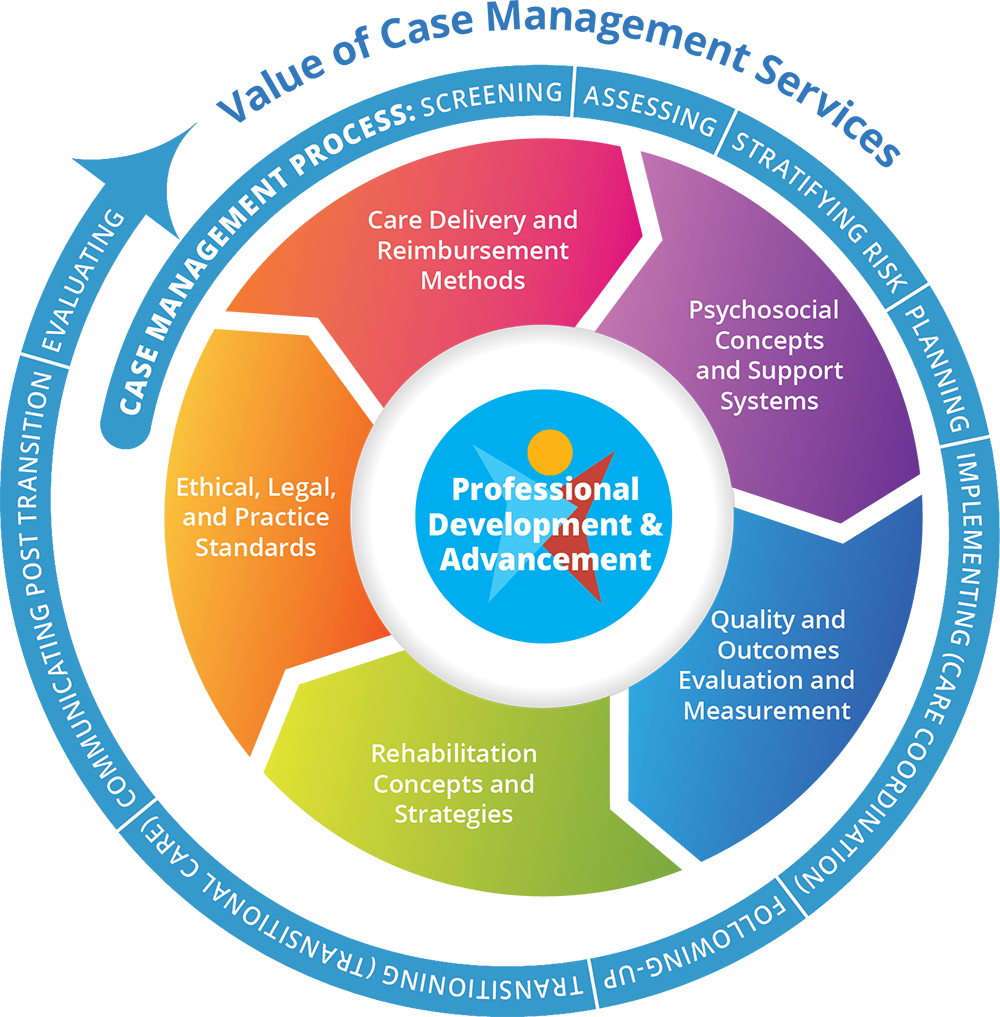If you have asthma, you need to take an active role in controlling it. There is no cure for asthma, but by working together as partners for your health, you and your healthcare provider can help keep asthma attacks away. You can make living with asthma easier.
Making an Asthma Action Plan
The first step is to make a plan with your healthcare provider to include:
- Identifying possible triggers that can worsen your asthma—such as dust, pet fur, or cigarette smoke - and avoiding these triggers
- Writing down how your breathing is every day and every night using a peak flow meter
- Recognizing and taking care of symptoms that are getting worse
- Understanding what medications to take and how to take them*
- Seeking emergency help if you need it
- Treating other health conditions that might be making your asthma symptoms worse
*Physical activity plays an important role in being healthy. If your asthma is triggered by exercise, talk to your doctor about how to lower any risks.
Some of the medicines used in asthma:
The medical options for long-term treatment of asthma fall into 3 main categories:
- Controller medications are used for regular maintenance treatment. They reduce airway inflammation, control symptoms, and reduce future risks such as flare-ups
- Reliever (rescue) medications are prescribed for all asthma patients to get as-needed relief from asthma symptoms that appear even though you are already taking controller medication. They are also recommended for short-term prevention of exercise-induced asthma. Reducing and, ideally, getting rid of the need for reliever treatment is both an important goal in asthma management and a measure of the success of asthma treatment
- Add-on therapies for severe asthma may be considered if your symptoms don’t go away and you continue to have flare-ups despite using high-dose controller medicine and minimizing asthma triggers
Inhaled Corticosteroids (ICS)
ICSs are usually the first line of defense in patients with asthma who need a controller medication. An ICS may be combined with other medications if symptoms do not lessen. These medicines reduce swelling and mucus production in the airways, making it easier for you to breathe. They ease the irritation you may have on the walls of your airways. When taken long term, corticosteroids may have side effects such as cataracts and osteoporosis. It is important that you rinse your mouth with water immediately after using an ICS to avoid getting oral thrush, a yeast infection in the mouth or throat.
Corticosteroids also come in pill form (oral corticosteroids, or OCS) and may be used for short amounts of time, such as when asthma symptoms worsen.
Combination Medicines
These drugs contain 2 different types of medicine, usually an inhaled bronchodilator and an ICS, together in an inhaler device.
Bronchodilator Medications
These medicines help make your lungs work better. They open up your airways so you can breathe better. They may also improve your ability to exercise.
There are 2 main types of bronchodilators used in asthma treatment:
- Beta2-agonists relax airway muscles. Short-acting beta2-agonists (SABAs) last about 4 to 6 hours and are often used only when needed for quick relief. They can also be taken before exercising to prevent exercise-induced asthma. If you need to take a SABA more than twice a week for shortness of breath, it may be a sign that your asthma is not well controlled. Long-acting beta2-agonists (LABAs) last about 12 hours or more. LABAs should be taken only in combination with an ICS to treat asthma
- Anticholinergics are another type of bronchodilator that opens up the airways in the lungs, making breathing easier. Anticholinergics may also reduce the amount of mucus blocking the airways. A long-acting anticholinergic may be prescribed if you have severe asthma
Theophylline is an alternative to SABAs, for the relief of asthma symptoms in adults.Theophylline is not recommended for routine use as it takes longer to work than an inhaled SABA and has a higher risk of side effects than inhaled SABAs.
Healthcare providers may also decide to try putting you on a different treatment regimen, using the medications below as an add-on to your current treatments
- Leukotriene receptor antagonists (LTRA). These medicines are also taken by mouth and help block the way your body increases inflammation in the airways. They are used both for treatment and prevention of acute asthma attacks
What Does Biology Have To Do With It?
A biologic is a type of drug that is made up of complex arrangements of sugars, proteins and/or other components. Biologics are often isolated from natural sources - humans, animals or microorganisms - instead of drugs that are chemically created in a laboratory.
- Anti-IgE antibodies. This is a class of biologics usually given by injection once or twice a month by a healthcare provider. It can help prevent reactions to asthma triggers. It is an “add-on” drug, which means it is given with other asthma medicines you are already taking
- Anti-IL-5 antibodies. This is a class of biologics given by injection or infusion that may help ease inflammation in some people with severe eosinophilic asthma. It is an “add-on” drug, which means it is given with other asthma medicines you are already taking
Treating Eosinophilic Asthma
A simple blood test may help your doctor determine if your severe asthma is a specific type called eosinophilic asthma. This could be a major reason why your airways get irritated. The good news is that there are different treatments that can manage eosinophilic asthma. These treatments are available either as an injection or an infusion given in a treatment center. They should be added on to asthma treatments you are already receiving.
Next page: Medication Administration for Asthma, and Severe Asthma

